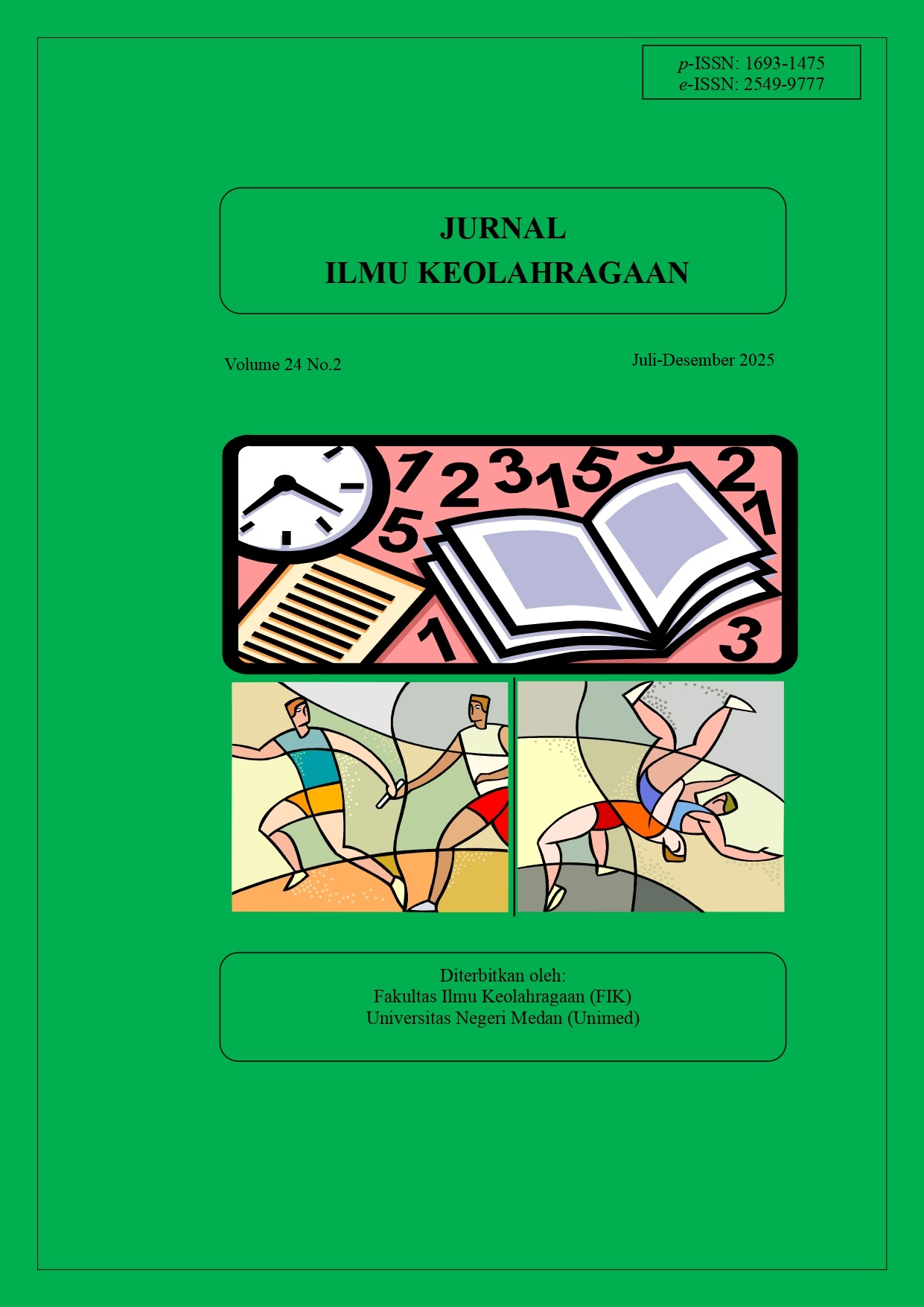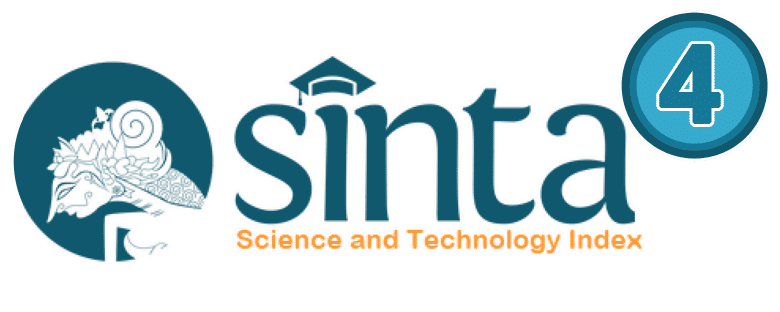Analysis of Core Muscle Movements in the Start and Turn Phases of Freestyle Swimming
DOI:
https://doi.org/10.24114/jik.v24i2.70003Abstract
This study aims to analyze the activity of swimmers’ core muscles during the start and turn phases in freestyle swimming using the electromyography (EMG) method. The core muscles are an essential component of the human movement system that function to maintain trunk stability, transfer power from the lower limbs to the upper limbs, and preserve the streamline position while swimming. Proper activation of the core muscles improves movement efficiency and contributes to faster swimming performance.The study was conducted by observing athletes during the start and turn-back phases of freestyle swimming. Observations were focused on two main phases: the start phase and the turn phase. The results showed that the highest core muscle activity occurred during the take-off phase at the start and the push-off phase from the wall. The gluteus maximus and erector spinae muscles played dominant roles in generating explosive power, while the transversus abdominis was essential for maintaining body stability during the glide phase. This study concludes that coordination and strength of the core muscles significantly affect speed, efficiency, and body stability during the critical phases of freestyle swimming. Core muscle strengthening exercises are therefore recommended as a primary component of swimming training programs to enhance athletic performance.Downloads
Published
2025-10-18
How to Cite
Charles prakas purba, Krish Dwi Sadewa Pakpahan, Van Assel Simangunsong, Sopian siregar, Aziz Torang Koto, & Mahmuddin. (2025). Analysis of Core Muscle Movements in the Start and Turn Phases of Freestyle Swimming. JURNAL ILMU KEOLAHRAGAAN, 24(2), 297–302. https://doi.org/10.24114/jik.v24i2.70003
Issue
Section
Articles









